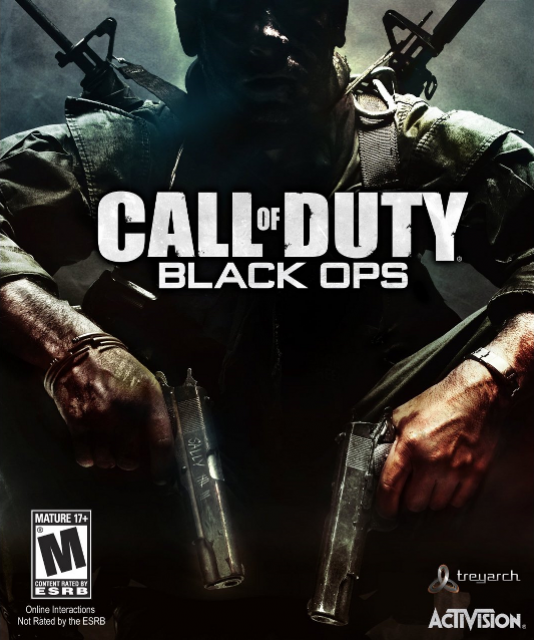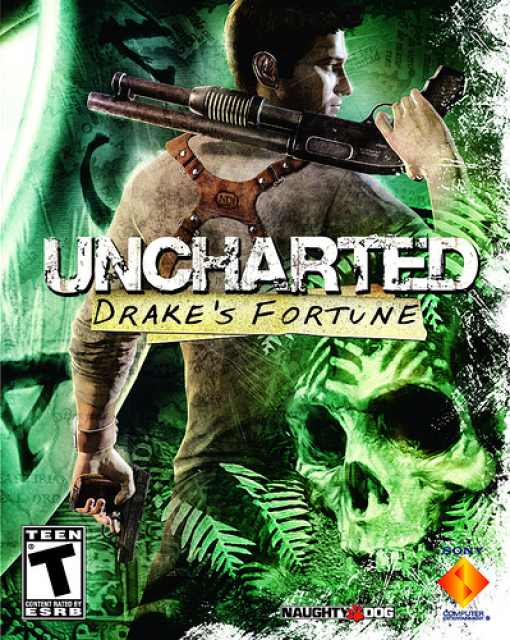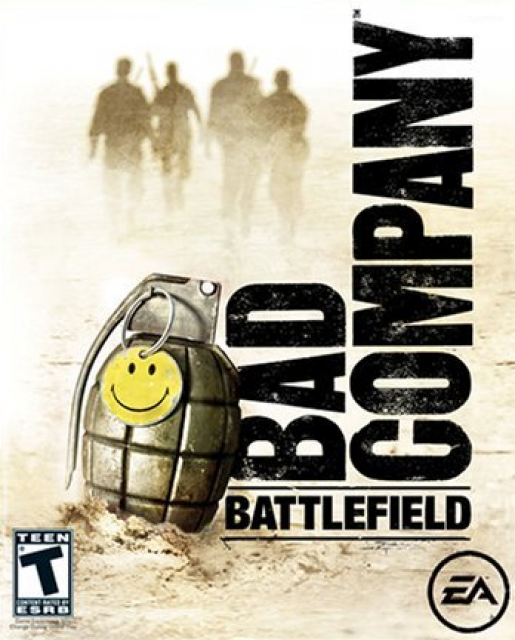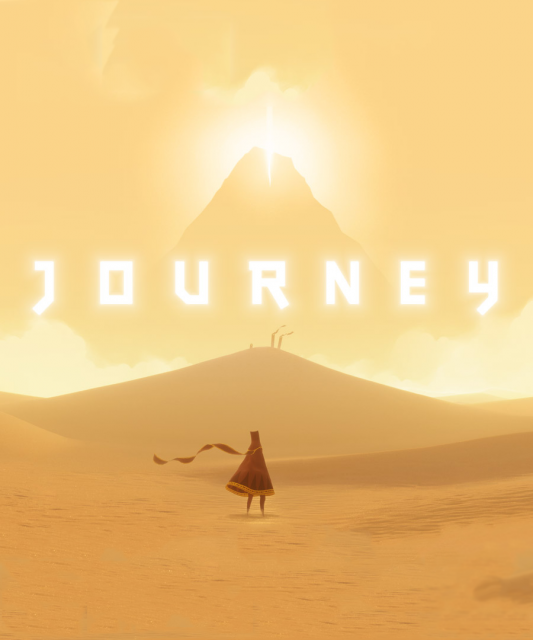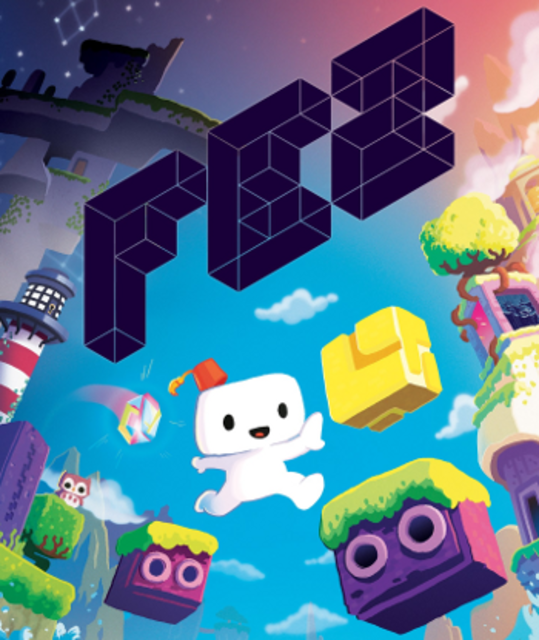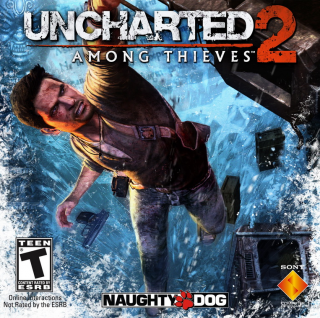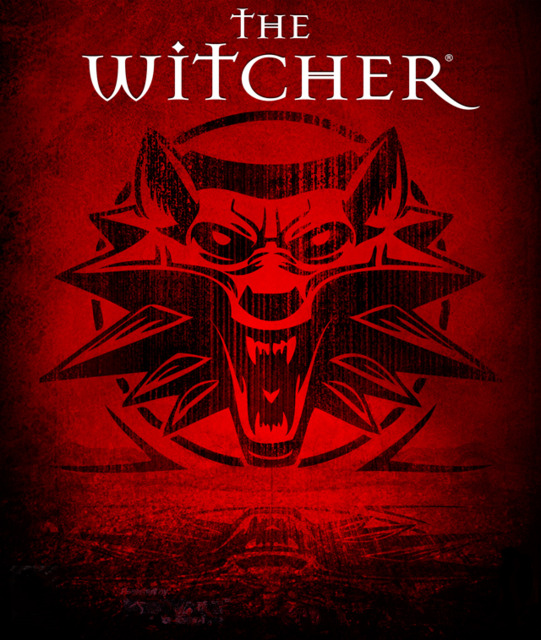2012
2012 was something of a “restart” year, where I try to get back into gaming after a long hiatus. I bought some games three years ago while I was still writing my PhD thesis, which I never even took out of the box, and have led to serious bouts of angsty guilt, so I’d like to make my way through some of them and not feel like I’ve missed out on the last half-decade of games.

